Thorndale Park
Rate this placeNearby: Bancroft Park West Jr High Backyard
Last Updated: December 26, 2025
Thorndale Park is a beautiful and inviting park located in the state of Colorado, offering visitors a range of attractions and activities.
°F
°F
mph
Wind
%
Humidity
Summary
Set in a picturesque setting, this park has something to offer everyone, making it a popular destination for locals and tourists alike.
One of the main reasons to visit Thorndale Park is its stunning natural beauty. The park is nestled in a mountainous region, providing breathtaking views of the surrounding landscape. Visitors can enjoy scenic hikes, nature walks, or simply relax in the peaceful atmosphere.
One of the key points of interest in Thorndale Park is its extensive trail system. The park boasts a network of trails that cater to all difficulty levels, allowing visitors to explore the diverse terrain and enjoy the local flora and fauna. Hikers and bikers can choose from a variety of trails that wind through forests, meadows, and along streams, offering a unique outdoor experience.
Another highlight of Thorndale Park is its wildlife. The area is home to a wide variety of animals, including deer, elk, foxes, and various bird species. Nature enthusiasts will appreciate the opportunity to observe and photograph the local wildlife in their natural habitat.
In terms of interesting facts, Thorndale Park is also known for its rich history. The area was once inhabited by Native American tribes, and remnants of their presence can still be found today. Visitors can explore historical sites and learn about the indigenous cultures that once thrived in the region.
The best time of year to visit Thorndale Park is during the summer and early fall months. The weather is generally mild and favorable for outdoor activities, and the park truly comes alive with vibrant colors during the autumn season. However, it is worth noting that the park can get crowded during peak tourist seasons, so visitors may want to plan their trip accordingly.
To ensure accuracy, it is recommended to verify this information by consulting multiple independent sources, such as official park websites, travel guides, or local tourism boards.
Weather Forecast
Park & Land Designation Reference
Large protected natural areas managed by the federal government to preserve significant landscapes, ecosystems, and cultural resources; recreation is allowed but conservation is the priority.
State Park
Public natural or recreational areas managed by a state government, typically smaller than national parks and focused on regional natural features, recreation, and education.
Local Park
Community-level parks managed by cities or counties, emphasizing recreation, playgrounds, sports, and green space close to populated areas.
Wilderness Area
The highest level of land protection in the U.S.; designated areas where nature is left essentially untouched, with no roads, structures, or motorized access permitted.
National Recreation Area
Areas set aside primarily for outdoor recreation (boating, hiking, fishing), often around reservoirs, rivers, or scenic landscapes; may allow more development.
National Conservation Area (BLM)
BLM-managed areas with special ecological, cultural, or scientific value; more protection than typical BLM land but less strict than Wilderness Areas.
State Forest
State-managed forests focused on habitat, watershed, recreation, and sustainable timber harvest.
National Forest
Federally managed lands focused on multiple use—recreation, wildlife habitat, watershed protection, and resource extraction (like timber)—unlike the stricter protections of national parks.
Wilderness
A protected area set aside to conserve specific resources—such as wildlife, habitats, or scientific features—with regulations varying widely depending on the managing agency and purpose.
Bureau of Land Management (BLM) Land
Vast federal lands managed for mixed use—recreation, grazing, mining, conservation—with fewer restrictions than national parks or forests.
Related References
Area Campgrounds
| Location | Reservations | Toilets |
|---|---|---|
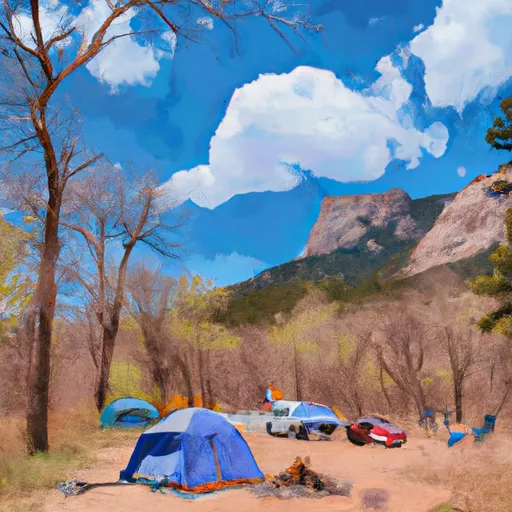 Cheyenne Mountain State Park
Cheyenne Mountain State Park
|
||
 Wye
Wye
|
||
 Peregrine Pines Family Camp
Peregrine Pines Family Camp
|
||
 Peregrine Pines Military - USAF Academy
Peregrine Pines Military - USAF Academy
|
||
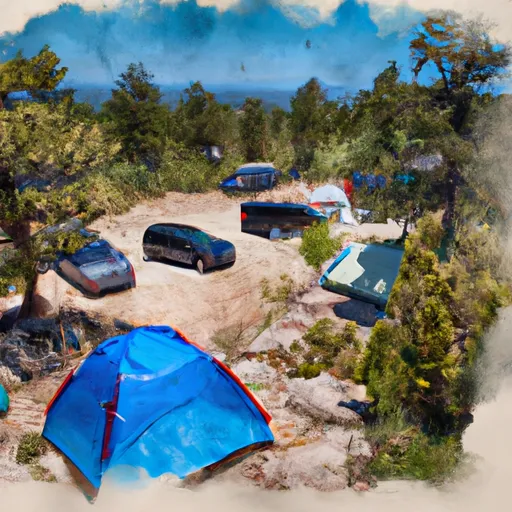 Thunder Ridge Campground
Thunder Ridge Campground
|
||
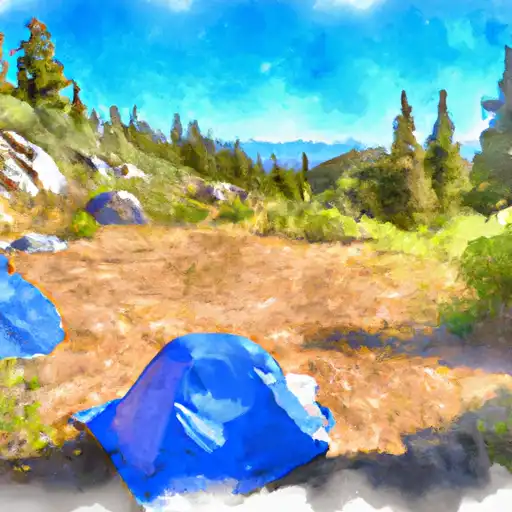 Thunder Ridge
Thunder Ridge
|

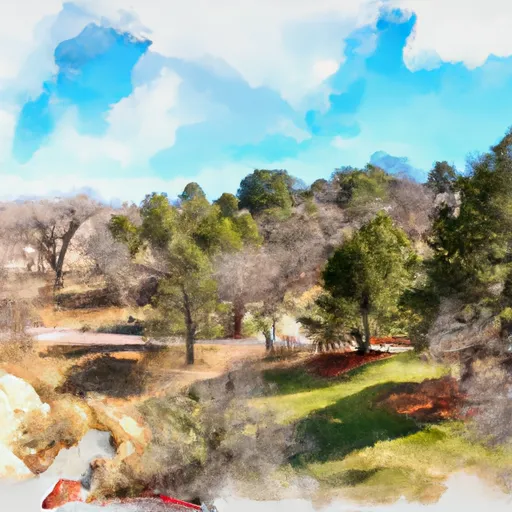 Bancroft Park
Bancroft Park
 West Jr High Backyard
West Jr High Backyard
 Blunt Park
Blunt Park
 Vermijo Park
Vermijo Park
 Bott Park
Bott Park
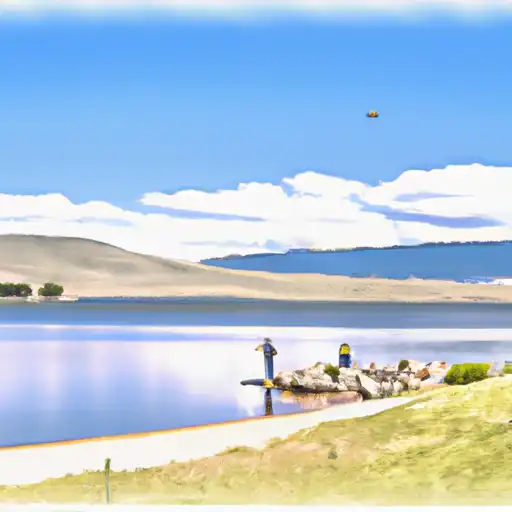 Pikeview Reservoir
Pikeview Reservoir
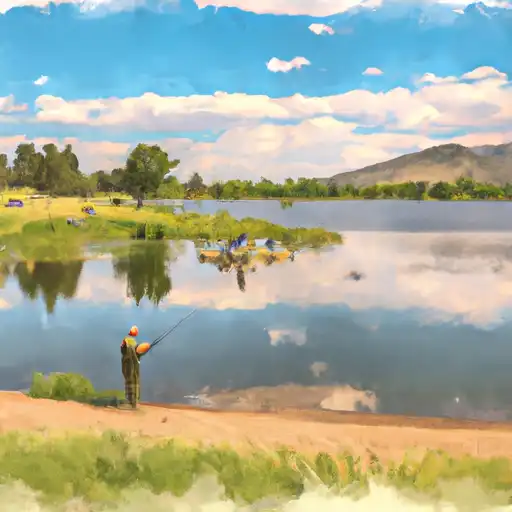 Quail Lake
Quail Lake
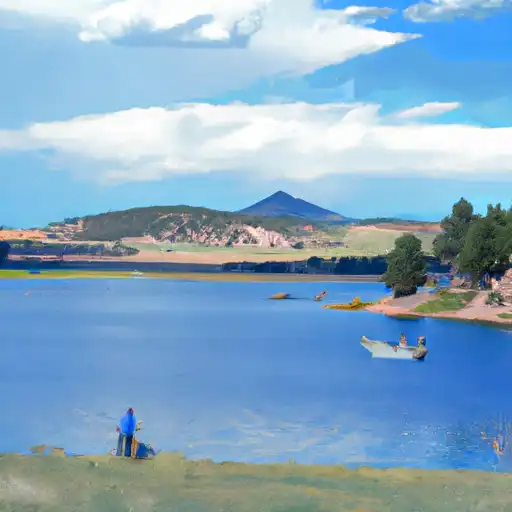 McReynolds Reservoir
McReynolds Reservoir
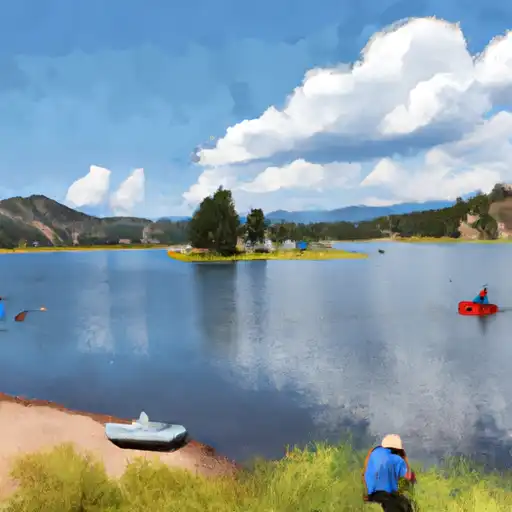 Mason Reservoir
Mason Reservoir
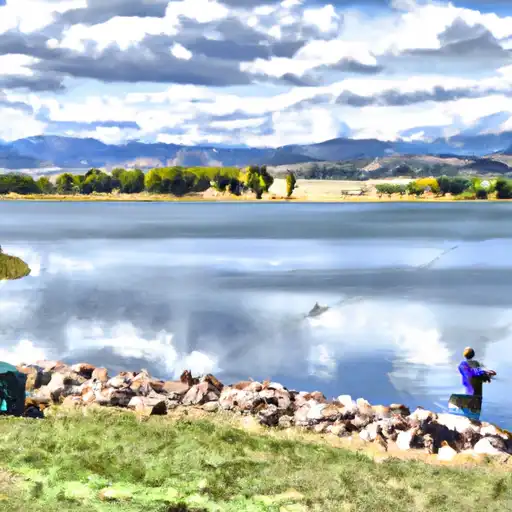 Rosemont Reservoir
Rosemont Reservoir